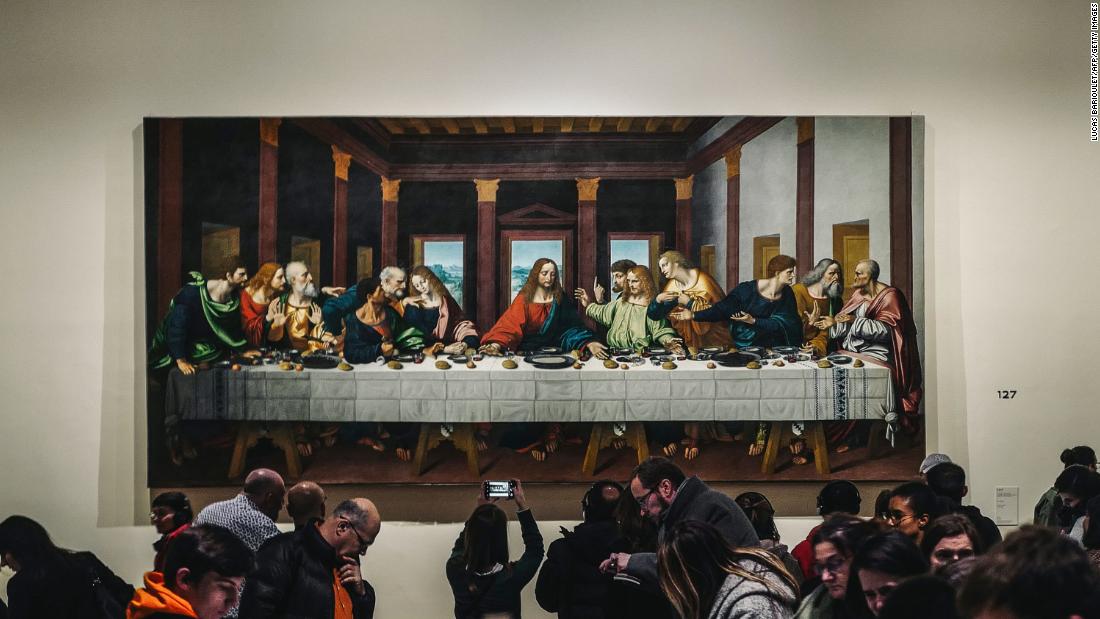
Old Masters like Leonardo da Vinci, Sandro Botticelli, and Rembrandt have long fascinated art enthusiasts. Recent revelations, however, add an intriguing layer to their creative processes. A groundbreaking study indicates that these famed artists may have incorporated proteins, specifically egg yolk, into their oil paintings.
This discovery not only sheds light on historical artistic techniques but also raises questions regarding the evolution of painting methods through the centuries. As researchers delve deeper into the practices of these great painters, it becomes apparent that the materials they chose played a pivotal role.
The Role of Egg Yolk in Painting
For centuries, art historians have debated the techniques used by old masters. The inclusion of egg yolk is a significant finding in this ongoing discussion. Traditionally, oil paint consisted of pigments mixed with oils. However, this new study suggests a potential enhancement that egg yolk could offer.
Researchers propose that egg yolk, known for its richness in proteins and its binding properties, may have provided a unique texture and vibrancy to paintings. In addition, its ability to create a gloss finish could explain some of the luminous qualities found in works attributed to these masters.
Scientific Techniques Behind the Study
Utilizing state-of-the-art analysis, scientists investigated several samples of paintings from the Renaissance era. Techniques such as infrared spectroscopy and electron microscopy were employed to identify the composition of the paint used. The revealing findings indicated the presence of proteins that align closely with those found in egg yolk.
This innovative research not only affirms historical accounts but also opens the door to a broader understanding of painting techniques. It emphasizes how artists of the past may have blended scientific and artistic practices to achieve their legendary results.
Implications for Art Restoration
This identification has significant implications in the field of art restoration. Professionals working to preserve and restore classic artworks now have new insights into the materials originally used. Consequently, they may adjust their methods to better align with the original compositions.
Experts highlight that knowing the precise components of the paint allows restorers to use compatible materials, thereby ensuring the longevity of these treasured works. This new approach could lead to more authentic restorations that respect the artist’s original intentions.
Bridging Innovation with Tradition
The fusion of art and science showcased by this study exemplifies the innovative spirit that defines the Renaissance. As artists continue to experiment with materials and techniques, understanding historical practices informs contemporary artistry.
Moreover, this revelation may inspire modern artists to explore unconventional mediums and ingredients, bringing a touch of the old masters back into the contemporary artistic landscape.
Conclusion: A New Chapter in Art History
The discovery that old masters might have used egg yolk in their paintings marks a significant milestone in art history. It challenges pre-existing narratives about the techniques and materials these artists utilized. As research continues, it is likely that more secrets of the Renaissance will emerge, enriching our appreciation of these timeless works.
This study highlights the importance of interdisciplinary approaches, where science meets art, enabling us to uncover the hidden stories behind some of the world’s most celebrated masterpieces.
Reference: Source Article

